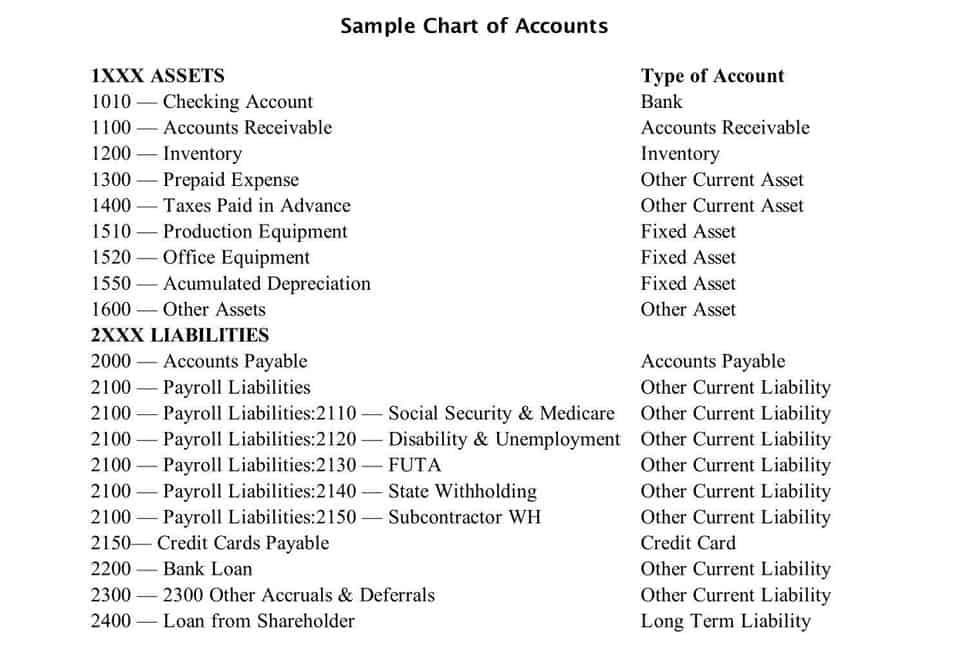
This graphic representation of a general ledger account is known as a T-account. A T-account is called a “T-account” because it looks like a “T,” as you can see with the T-account shown here. Variable cost refers to business expenses that vary directly with the level of output or production. After these transactions, your Cash account has a balance of $8,000 ($10,000 – $2,000), and your Equipment account has a balance of $2,000. When we’re talking about Normal Balances for Expense accounts, we assign a Normal Balance based on the effect on Equity.
If you put an amount on the opposite side, you are decreasing that account. That part of the accounting system which contains the balance sheet and income statement accounts used for recording transactions. In other words, the permanent accounts are the accounts used to record and store a company’s amounts from transactions involving assets, liabilities, and owner’s (stockholders’) equity.
An increase in equity, from owner investments or revenue, is recorded with a credit. A decrease, such as owner withdrawals or expenses, is recorded with a debit. Liability accounts represent what a company owes and have a normal credit balance.

We want to specifically keep track of Dividends in a separate account so we assign it a Normal Debit Balance. Liabilities (on the right of the equation, the credit side) have a Normal Credit Balance. Liabilities (what a company owes https://clinicaserrano.do/why-is-accounting-so-hard-huskey-practice-manager/ to third parties like vendors or banks) are on the right side of the Accounting Equation. The terms originated from the Latin terms “debere” or “debitum” which means “what is due”, and “credere” or “creditum” which means “something entrusted or loaned”. For the past 52 years, Harold Averkamp (CPA, MBA) hasworked as an accounting supervisor, manager, consultant, university instructor, and innovator in teaching accounting online.

When owners invest more into the business, you credit the equity account, hence, it has a normal credit balance. An asset is anything a company owns that holds monetary value. This means that normal balance of capital when you increase an asset account, you make a debit entry.
A careful look at each transaction helps decide what to record in Remote Bookkeeping the ledger. The increase in inventory, an asset, is a debit because that’s its normal balance for inventory. On the other hand, the cash account decreases because of this purchase, so it gets credited.

In the rest of this discussion, we shall use the terms debit and credit rather than left and right. Discover the essential accounting rule that determines how every financial account is structured and how transactions are accurately posted. Alternately, they can be listed in one column, indicating debits with the suffix “Dr” or writing them plain, and indicating credits with the suffix “Cr” or a minus sign. A credit balance refers to the balance on the right side of a general ledger account or T-account. Paid-in capital is a component of a company’s equity, and contains the amounts received from investors when they buy shares directly from the company. The amount in this account is that portion of the price paid to the issuing entity in excess of the par value of the shares purchased.
